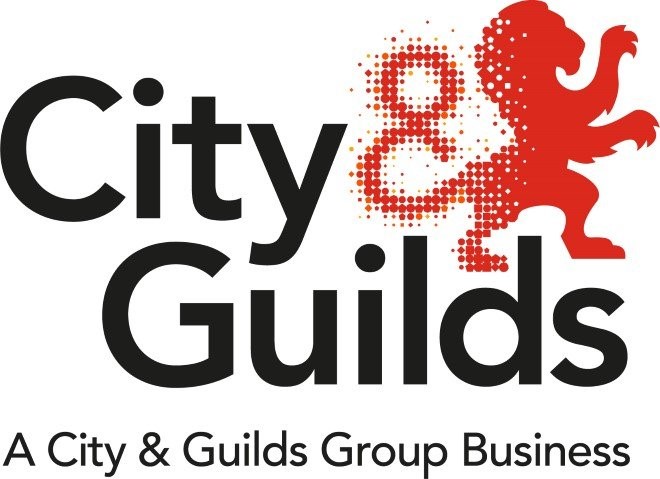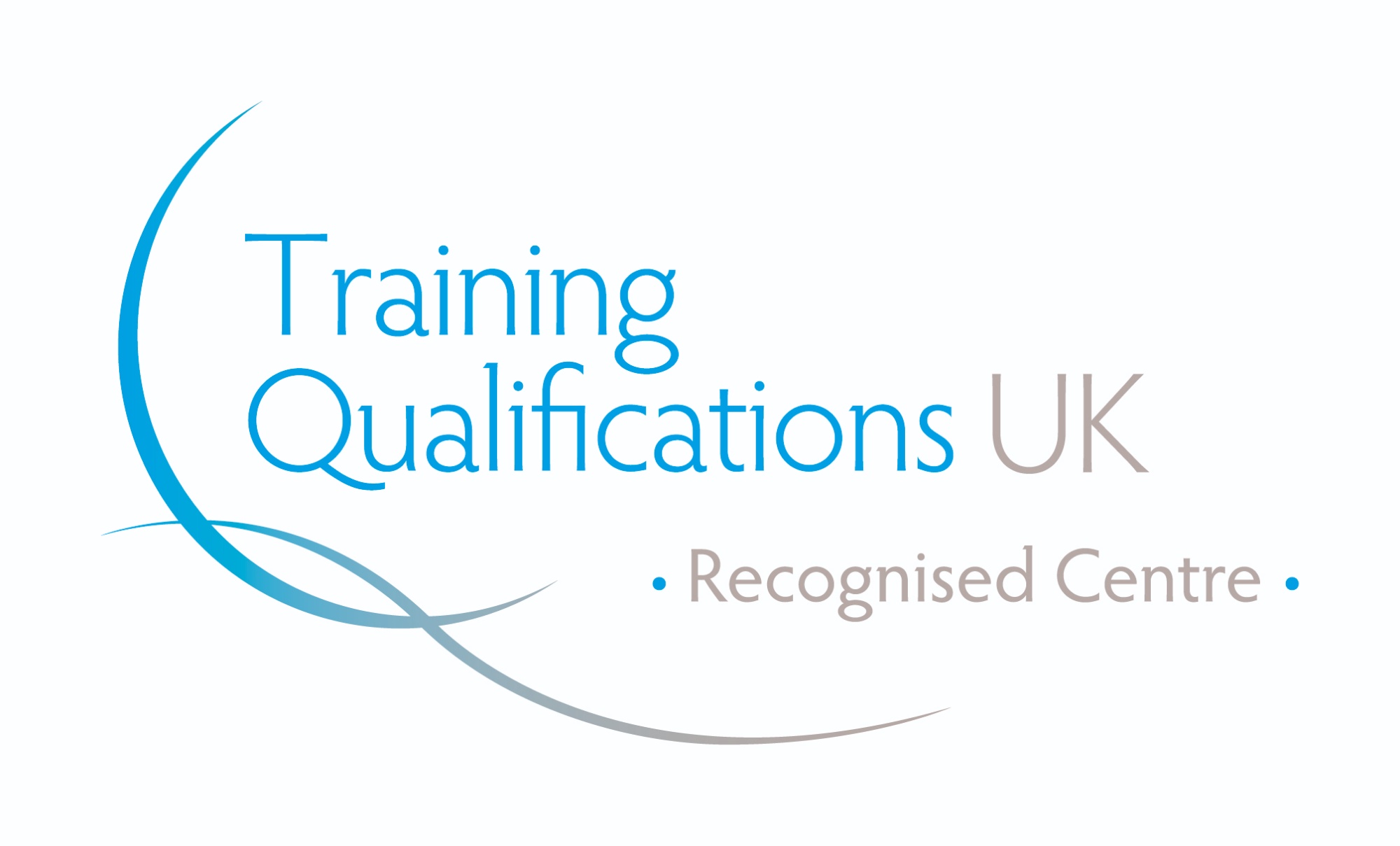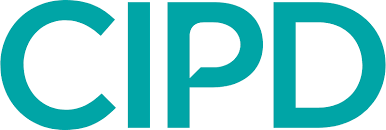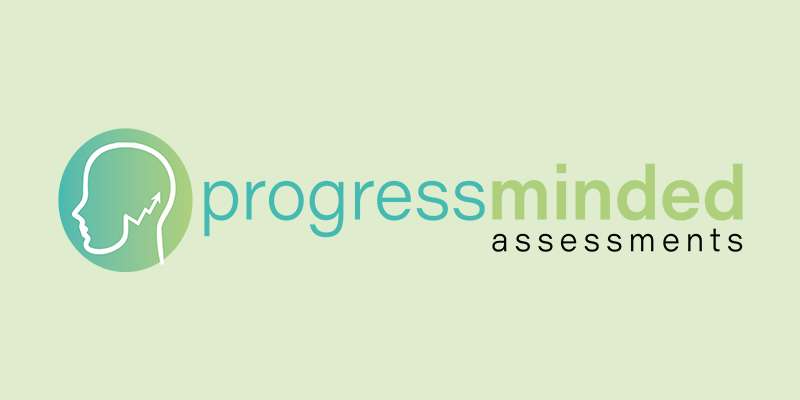Funding Apprenticeships
Apprenticeship Incentive Payments and the Apprenticeship Levy for Employers
There are a range of initiatives, funded by the Government, to encourage businesses and schools to either take on new apprentices, or to upskill existing staff through apprenticeships.
As an organisation, we have lots of expertise in supporting business and schools with understanding how apprenticeships are funded, through both incentive payments, and through the levy.
Whilst we have included information on this page, you can speak to us about apprenticeship funding by contacting us.
The Government incentive scheme for young apprentices
Employers and training providers could get £1,000 each for taking on an apprentice who is either:
- Aged 16 to 18 years old, or
- Aged 19 to 25 years old and has an education, health and care (EHC) plan or has been in the care of their local authority
Employers do not need to take any action - Priory Apprenticeships, the training provider, make the first payment of £500 after 90 days of the apprenticeship training start date. The final payment of £500 should be paid to the employer by the training provider after 365 days of the apprenticeship training start date.
The apprenticeship levy – for employers and schools
Employers in the UK with an annual pay bill over £3 million are required to pay the apprenticeship levy.
The levy is charged at a rate of 0.5% of an employer’s annual pay bill.
If you are a school, you can follow this school-specific link to the apprenticeship levy: Find out how the apprenticeship levy applies to schools.
To access your levy funding to spend it on apprenticeship training for your workforce, you will need an apprenticeship service account.
The amount of funding entering your account each month is calculated by:
- The levy you declare to HMRC through the PAYE process
- Multiplied by the proportion of your pay bill paid to your workforce who live in England
- Plus a 10% government top-up on this amount
You can only use the funds in your apprenticeship service account to pay for the cost of approved apprenticeship training and assessment. You cannot use the funding for wider costs such as salaries. Read the apprenticeship funding rules for full details.
If you have used all the funds in your account, you can get 95% of your apprenticeship training paid for by the government up to the funding band maximum set for each apprenticeship. This is called co-investment as you only need to pay 5%.
Expiry of apprenticeship levy funds
Levy funds will enter your apprenticeship service account each month, and payment for training is also made on a monthly basis.
If you do not use your levy funds within 24 months of them entering your account, they will expire. This is called expiry of funds.
For example, if funds entered your account in May 2020 and are not used, these funds will expire in May 2022.
Any payments from your apprenticeship service account to a training provider will use the oldest levy funds first, to minimise the amount of expired funds.
How funding works if you do not pay the apprenticeship levy
Schools and businesses that do not pay the levy can take on apprentices and only pay 5% towards the cost of training and assessment. The government will pay the rest up to the funding band maximum set for each apprenticeship. This is called co-investment.
To access the government funding to spend on apprenticeship training for your workforce, you will still need an apprenticeship service account.
You could save on the 5% co-investment costs by receiving a transfer of levy funds from another organisation that pays the apprenticeship levy.
Transfers of apprenticeship levy funds
Organisations that pay the apprenticeship levy are not always in a position to spend all of their levy funds on their own apprentices. They can use their apprenticeship service account to transfer up to 25% of their annual levy funds to another organisation to pay for their apprenticeship training.
Transferred funds can only be used to pay for apprenticeship training and assessment and must cover the full cost and duration of an apprentice’s training.
Any organisation can receive a transfer of funds, including levy payers. However, a levy-paying employer cannot send and receive transfers at the same time.
If your school or business does not pay the apprenticeship levy, you may be able to save the 5% co-investment cost by arranging a transfer from a levy-paying employer.
If your school or business pays the apprenticeship levy and you don’t plan to use all of your levy funds, you could consider supporting another organisation’s apprenticeship programme by transferring funds.
If your school or business pays the apprenticeship levy and you don’t have sufficient levy funds to pay for all of your apprenticeship training needs, you could arrange to receive a transfer from another organisation who is interested in supporting your apprenticeship programme.
Reserving funding
If you don’t pay the apprenticeship levy you need to reserve funding in your apprenticeship service account to get 95% funding from the government.
From 1 April 2021, you can:
- Make up to 10 reservations for the financial year 2021 to 2022
- Reserve funding for up to 6 months before the apprenticeship is planned to start
The apprenticeship service will continue to monitor the number of reservations used by employers and may pause funding reservations to ensure that the programme remains affordable.
The apprenticeship levy – school specific information
The way in which the levy applies to schools depends on the type of school and the overall employer.
Voluntary-aided and foundation schools
For voluntary-aided and foundation schools, the governing body is the employer. If the governing body’s pay bill is more than £3 million then it will need to pay the levy.
Community and voluntary-controlled schools
For community and voluntary-controlled schools, the local authority is the employer, and so is responsible for payment of the apprenticeship levy for schools under their control. Each local authority with a pay bill of over £3 million will pay the levy.
The local authority will advise its schools on whether they need to take account of the apprenticeship levy in their annual budgets.
Schools should contact their local authority to find out how they can access local authority levy funds.
Academies, including free schools and academies in multi-academy trusts
For academies, including free schools and academies in multi-academy trusts (MATs), the trust is generally the employer of all the academies’ staff. If the trust’s pay bill is more than £3 million then it will need to pay the levy.
If a school becomes a voluntary-aided school, foundation school, free school or academy part way through a tax year, the academy governing body or trust will be responsible for the apprenticeship levy from this point.
Further guidance on how the allowance will work in these circumstances can be found in the HMRC Apprenticeship Levy Manual.
Pooling of PAYEs
Some school employers, particularly local authorities and MATs, may use a pooled PAYE scheme. This is when multiple employers use a single PAYE scheme to report PAYE information to HMRC.
Where this is the case, schools should refer to the HRMC guidance on pooled PAYE schemes and also contact their local authority.
Accessing apprenticeships if the levy is paid indirectly through a larger employer
If your school is part of a larger employer group that pays the apprenticeship levy, for example a local authority or MAT, you need to agree with them how to access levy funds to spend on apprenticeships.
They have responsibility for making the necessary arrangements to provide schools with access to the relevant funds.
It is in the best interests of both employers and schools that this process is set out clearly, so that apprenticeship funding is managed as effectively as possible.










